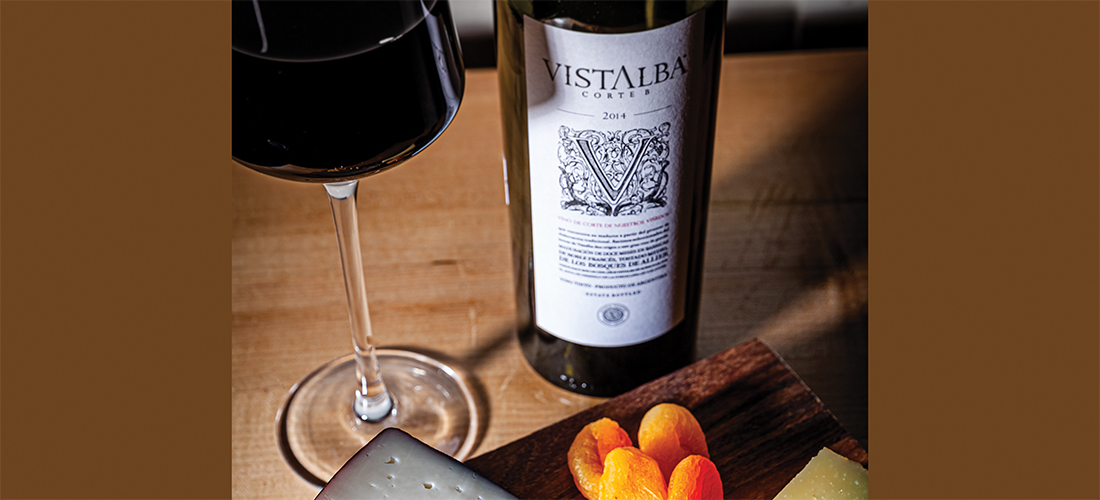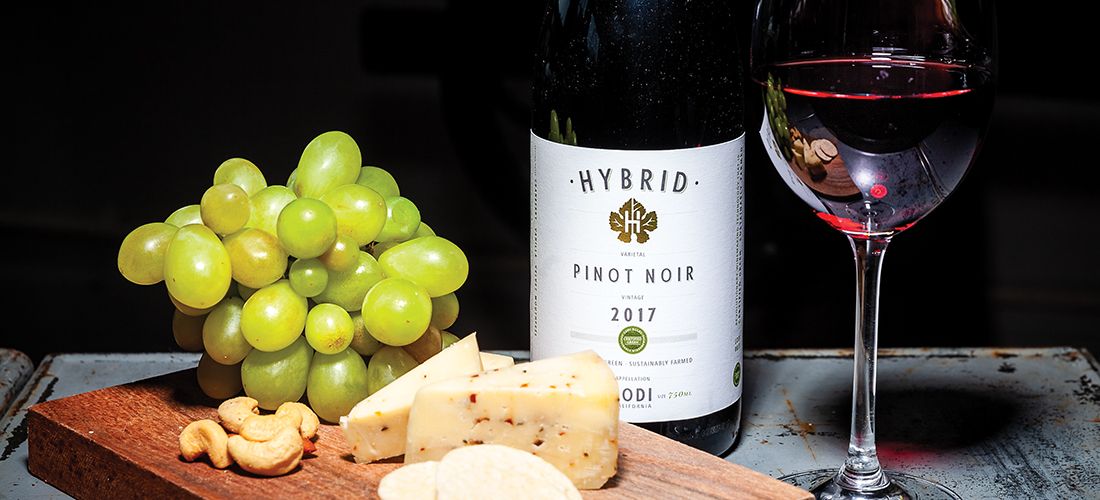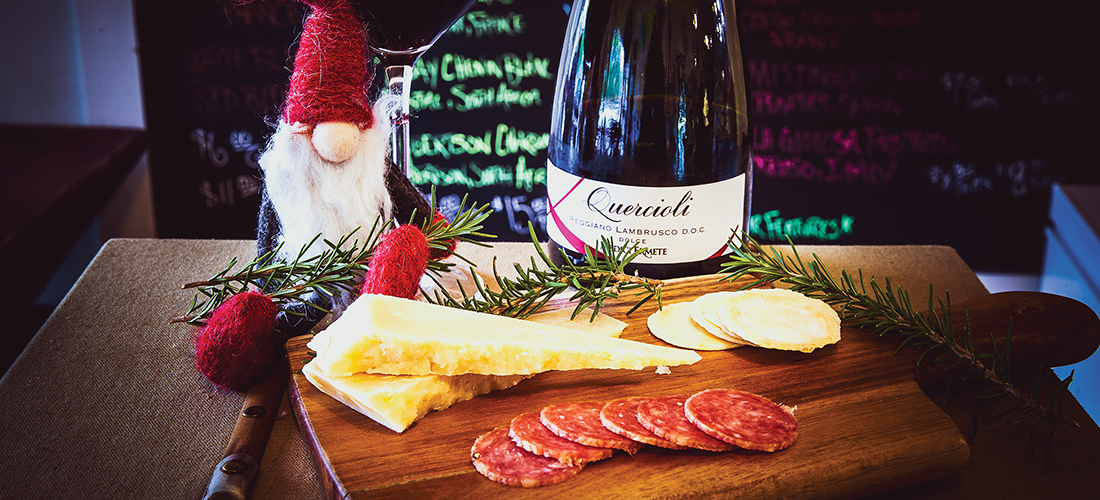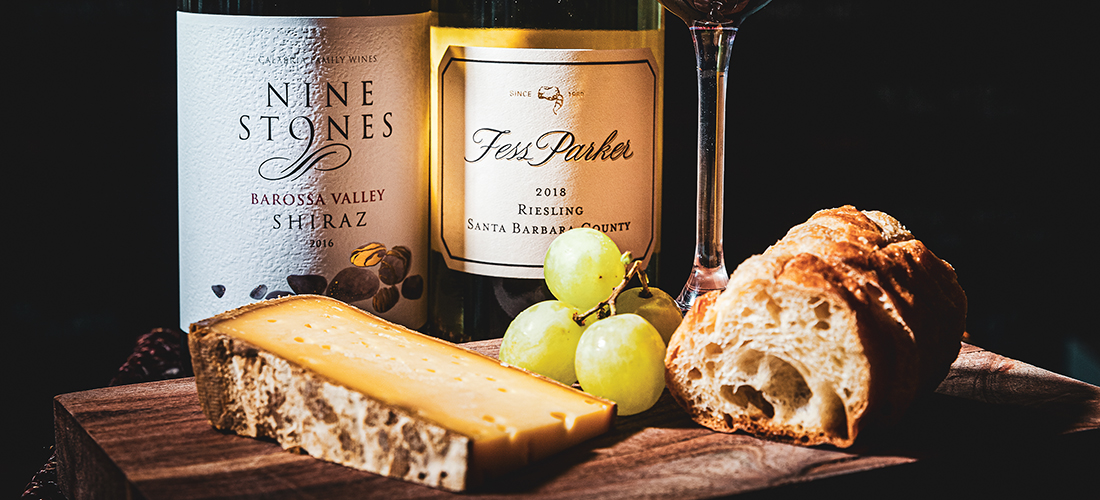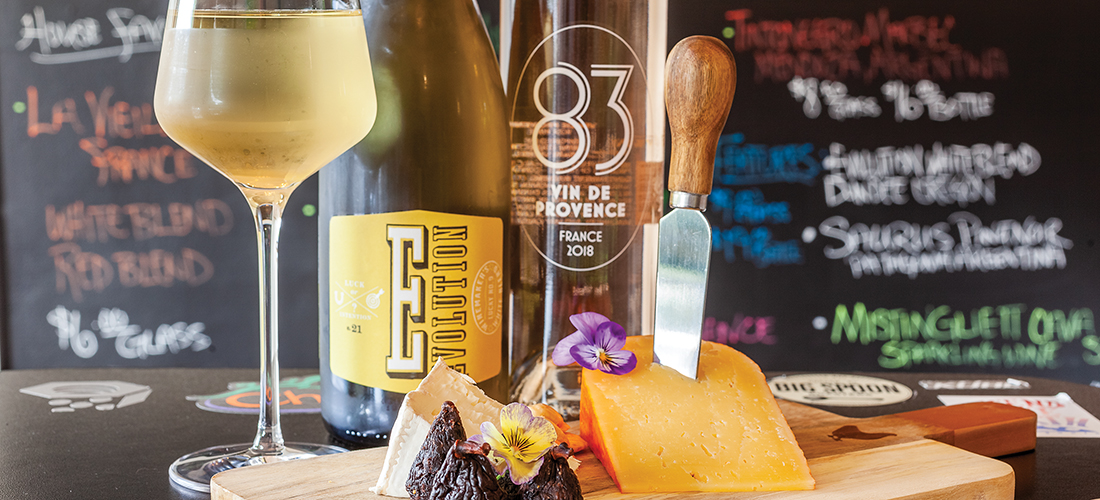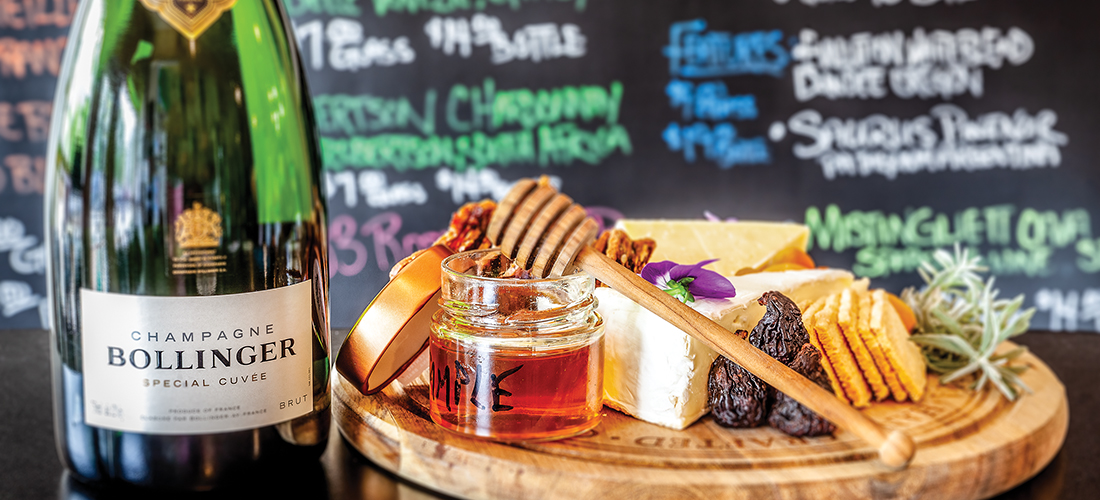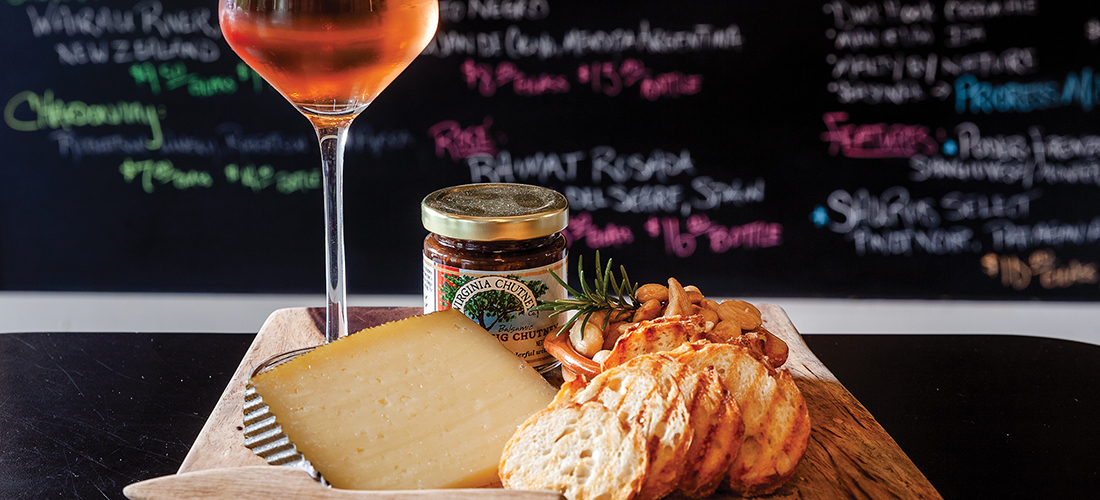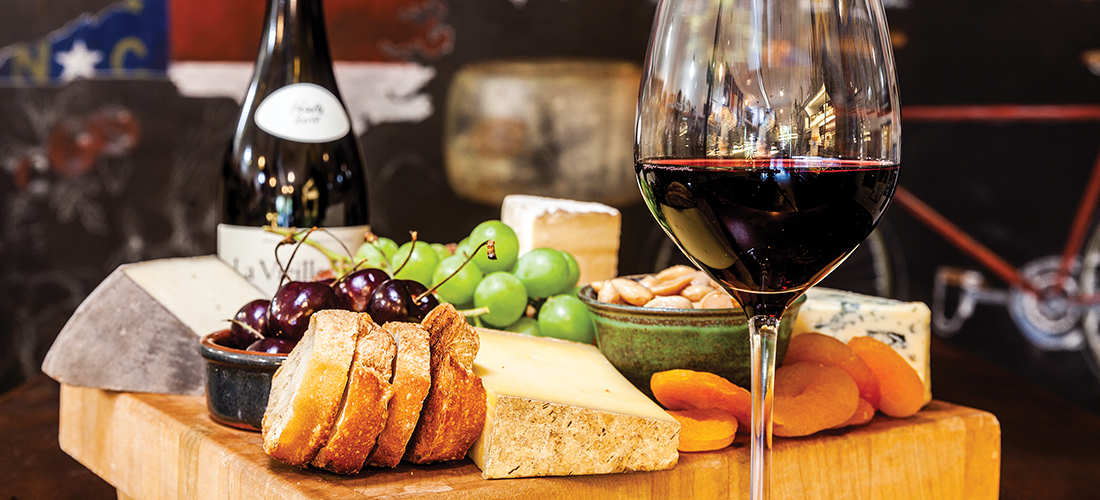It’s That Feeling You Get
Recreating those special moments
By Angela Sanchez
Ever wonder why, when you go on vacation and have a great meal or drink a new wine or try a food for the first time and you try to replicate it at home, it is never quite the same? When we visit beautiful places like Napa, California, or Tuscany, Italy, we’re in a beautiful setting, with great weather, wonderful food and wine, and people who share their hospitality and traditions. We’re transported to a place where you can’t help but feel relaxed and rested. Your mind is overtaken by scenery and stimulated by new adventures, new foods and new people. You lose stress and your mind settles down.
When we experience things from a state of calm and relaxation, and focus on detail, we get a completely different sensory experience. Our palate is heightened and opened in a way that it isn’t on a normal basis. A bite of handmade pasta with fresh, local olive oil and shaved Parmigiano-Reggiano can be a whole new experience. The pasta’s texture is softer and richer, the olive oil taste ripe and bright, and the cheese sharp and salty-sweet.
In that moment everything is at its best. The pasta was made fresh just moments before the olive oil — that was pressed just a mile away — was drizzled over it. The cheese and the accompanying glass of wine were made with longstanding traditions, carefully crafted just moments from where you sit. Your mind and body, and therefore your palate, are at their best, too.
You have traveled to a place that is not only beautiful but has a history and tradition of agriculture. The wine, cheese, olive oil, truffles and vegetables are served to you in season, at their best. It’s an unforgettable experience that, unfortunately, cannot be easily replicated. You have created a memory not unlike the feeling you get when you smell something cooking or baking at Christmas, and you’re reminded of your childhood and Grandma’s cookies, her kitchen and her spirit. It’s the feeling I get when I smell sugar cookies baking during the holidays, recalling a sweet memory of my mom and me baking for Santa. Nostalgia, peacefulness, joy.
I get a similar feeling when I recall a glass of Côtes du Rhône rosé on a warm June afternoon in France, followed by a meal of all locally sourced produce and a bottle of deep, dark red Châteauneuf-du-Pape and a three-tiered cart full of impeccable French cheese. Pure peace, heavenly flavors, fresh and ripe and set in my memory forever.
But how do we recreate these feelings? Having a glass of Chianti from Tuscany and a bowl of handmade pasta here at home is not quite the same. Same wine, same method of pasta making, same cheese and maybe even the same olive oil, but they just don’t taste as wonderful. Some things are missing. It’s the backdrop, the company, the body in relax mode.
While we may not get the Rhône Valley on a sunny afternoon or that “under the Tuscan sun” backdrop every time, we can get the cheese, wine and recreate a similar meal and experience. The key is not to rush it. Save it for a day off, when friends you haven’t seen in a long time are visiting, or your favorite aunt is coming to town. While the wine and cheese have traveled far, they are, at their core, still the same as when you experienced them in their home. If we allow ourselves to slow down and enjoy the moment while eating and drinking and reminiscing about our travels we just might recover a piece of that feeling we enjoyed so much.
Take a glass of your favorite wine from your travels — be it Sonoma, California, or Burgundy, France — and a cheese your fell in love with while you were there, and sit outside as the sun sets. Take some deep breaths, find calm and appreciate the moment. I’ll be there, too, with my glass of Champagne and Camembert on a Sunday evening with loved ones. For a moment or two, if we’re lucky, we will visit those places in our memory again.
Before long we will travel again, find a new favorite wine, a new favorite cheese, a new favorite meal — new memories to remember. PS
Angela Sanchez owns Southern Whey, a cheese-centric specialty food store in Southern Pines, with her husband, Chris Abbey. She was in the wine industry for 20 years and lucky enough to travel the world drinking wine and eating cheese.


